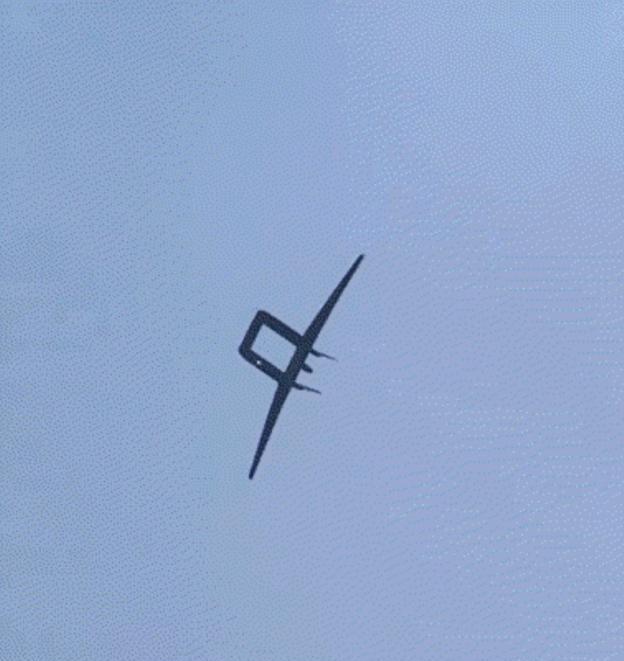China's WZ-9 'Divine Sculpture' Anti-Stealth UAV Makes Public Debut
China’s WZ-9 ‘Divine Sculpture’, reportedly the world’s first dedicated anti-stealth radar UAV, has made its public appearance. With a 50-meter wingspan and advanced radar systems, it represents a significant advancement in counter-stealth capabilities.

The recent emergence of China’s WZ-9 ‘Divine Sculpture’ unmanned aerial vehicle marks a watershed moment in military aviation technology. This massive UAV, developed by Shenyang Aircraft Corporation, features a distinctive twin-fuselage design connected by a central wing section, making it the largest military drone globally.
The aircraft’s most striking feature is its dual-body configuration, which houses extensive radar arrays along its fuselage. These arrays form part of an advanced multi-band radar system specifically designed to detect stealth aircraft. With a wingspan of approximately 50 meters and a length of 25 meters, the WZ-9 can operate at altitudes up to 25,000 meters with an impressive endurance of 10 hours.
What sets the WZ-9 apart is its dedicated anti-stealth capability. The aircraft’s extensive radar arrays can reportedly detect stealth aircraft at ranges up to 500 kilometers, potentially nullifying the advantages of stealth technology that platforms like the F-35 and B-21 rely upon. This capability is enhanced by the drone’s ability to operate in networked formations, creating a comprehensive surveillance web in the airspace it monitors.
The WZ-9 represents a new approach to airborne early warning. Unlike traditional AWACS aircraft that require large crews, this unmanned platform can be deployed more flexibly and at lower operational cost. Its operation can be coordinated from ground stations or other airborne command centers through secure data links, allowing for persistent surveillance without risking pilot lives.
The timing of the WZ-9’s public debut, following China’s recent unveiling of its sixth-generation fighter prototypes, demonstrates the country’s growing confidence in its military aviation capabilities. Together, these platforms form a complementary system - while the sixth-generation fighters represent the “spear,” the WZ-9 serves as the “shield” in China’s integrated air defense strategy.
This development significantly impacts the balance of air power in the Pacific region. By creating an unmanned platform specifically designed to counter stealth technology, China has potentially found a cost-effective way to challenge one of the West’s key military advantages. The WZ-9’s ability to operate at high altitudes for extended periods while carrying substantial radar arrays could fundamentally change how air warfare is conducted in the region.